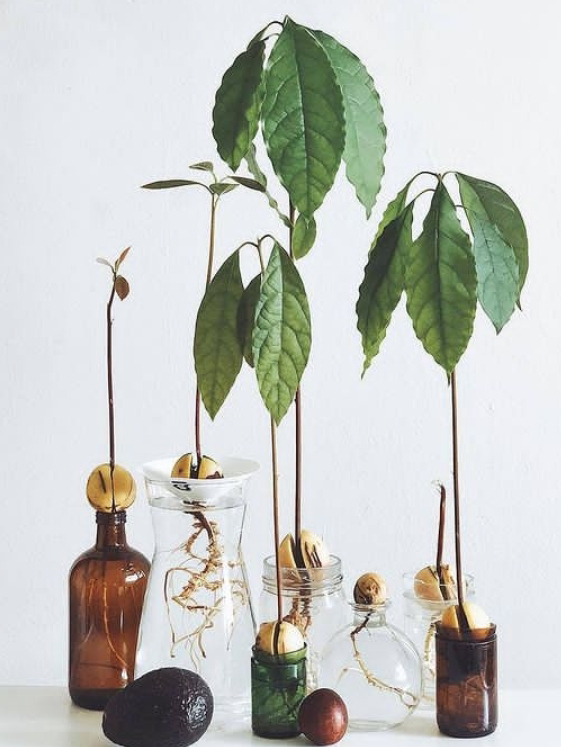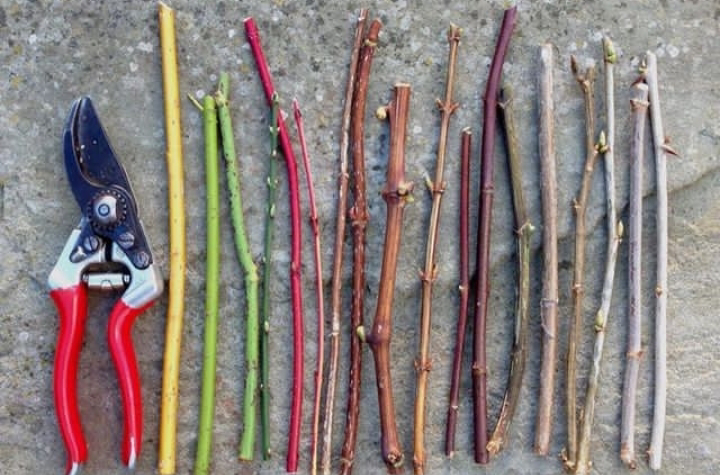Reproductive structures in plants play a vital role in their life cycle and propagation. These structures encompass various organs and tissues that facilitate the process of reproduction, ensuring the continuation of plant species. The two primary modes of plant reproduction are sexual and asexual, each involving distinct reproductive structures and mechanisms.
Sexual reproduction in plants involves the fusion of male and female gametes, leading to the formation of seeds. The key reproductive structures involved in sexual reproduction are the flowers, which are complex structures composed of several parts. The male reproductive organs, known as stamens, consist of anthers that produce pollen grains containing the male gametes. The female reproductive organs, called pistils or carpels, consist of an ovary, style, and stigma. The ovary houses ovules, each containing the female gamete. Pollination, the transfer of pollen from the anther to the stigma, initiates the fertilization process. Once fertilization occurs, the ovules develop into seeds within the ovary, which eventually matures into a fruit to protect and disperse the seeds.
Asexual reproduction involves the production of offspring without the fusion of gametes, resulting in genetically identical clones of the parent plant. One common form of asexual reproduction is vegetative propagation, where specialized structures like bulbs, tubers, rhizomes, and runners give rise to new plants. For example, bulbs such as onions contain an underground shoot with modified leaves that store nutrients and give rise to new shoots. Runners, also known as stolons, are horizontal stems that grow above the ground and develop into new plants at nodes. This form of reproduction is advantageous for plants to rapidly colonize an area and exploit favorable conditions.
In some cases, plants employ both sexual and asexual reproduction to enhance their chances of survival. For instance, many plants can reproduce both by producing seeds and through vegetative propagation. This dual strategy allows them to adapt to changing environmental conditions and increase their population size efficiently.
Another unique reproductive structure is the sporangium, which produces spores through a process known as sporogenesis. Spores are haploid cells capable of developing into a new individual under suitable conditions. Ferns, for example, reproduce via spores that are released from sporangia on the underside of their fronds. When spores land in a suitable environment, they germinate and grow into a gametophyte, a small, often inconspicuous plant body that produces male and female gametes.
Reproductive structures and strategies vary widely among different plant groups. Gymnosperms, such as pine trees, have reproductive structures like cones that contain male and female gametophytes. The male cones produce pollen, which is carried by the wind to female cones for fertilization. Angiosperms, or flowering plants, dominate the plant kingdom and exhibit an incredible diversity of reproductive structures. Some angiosperms have evolved intricate mechanisms to ensure pollination by specific pollinators, such as bees, butterflies, or birds.
In conclusion, reproductive structures in plants are diverse and fascinating, reflecting the remarkable adaptations that have evolved over millions of years. These structures enable plants to reproduce and ensure their survival in a wide range of environments. Whether through sexual reproduction involving flowers and seeds, asexual reproduction through specialized structures, or spore production, plants have developed an array of strategies to perpetuate their species and maintain ecological balance.














